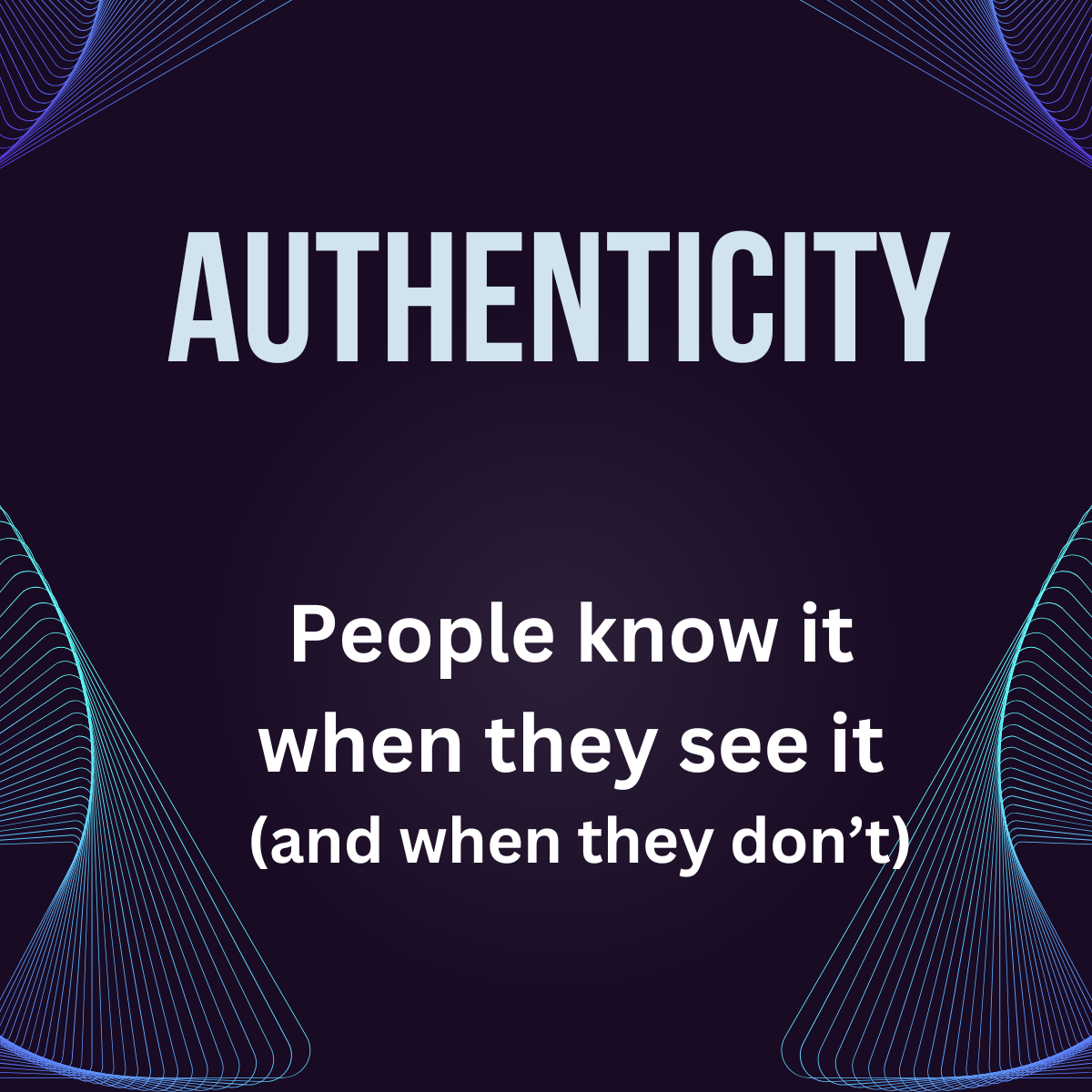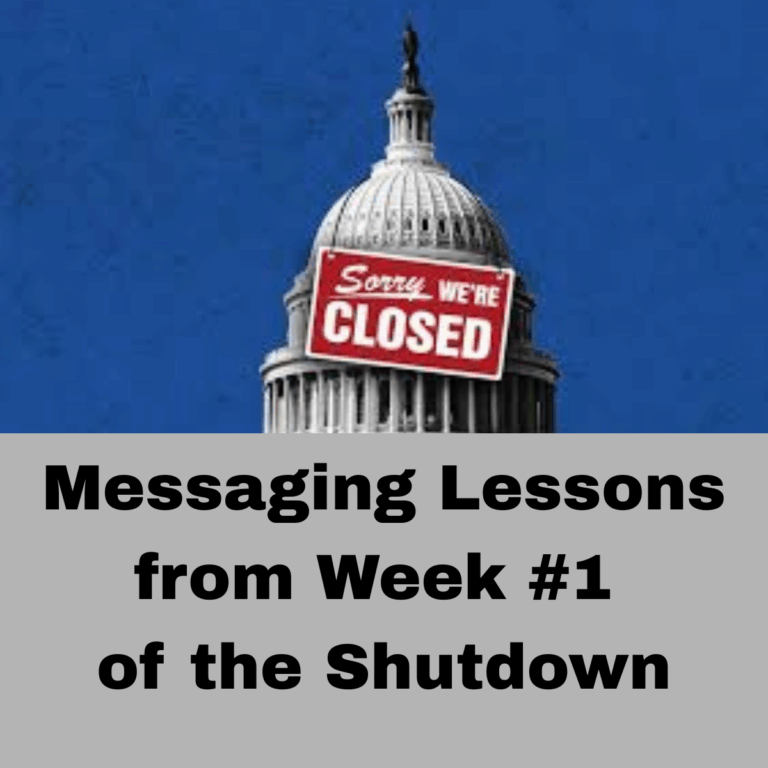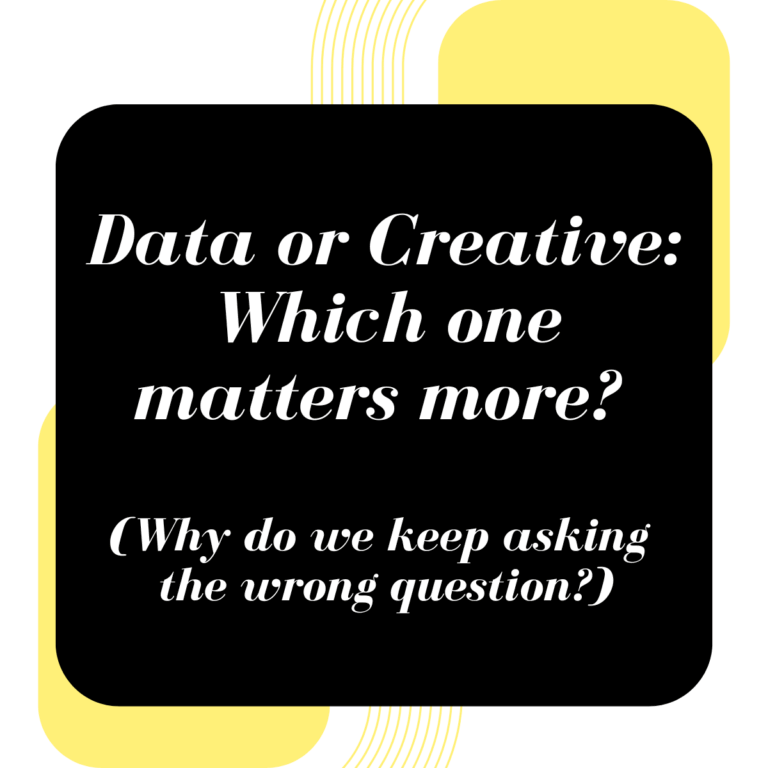Lately I’ve been thinking about Erving Goffman, a great 20th century sociologist whose work I delved deep into back in college. We’re all talking a lot about authenticity these days and Goffman offers an interesting way to think about it.
In his most famous work, The Presentation of Self in Everyday Life, he used a theater metaphor to explain how people interact. On the front stage we perform, presenting a version of ourselves – in words, tone and appearance – to fit the picture we want others to see.
But backstage, we relax, letting our guard down and revealing our more authentic self.
Goffman recognized that all communication involves a level of performance. The problem arises when there is a stark mismatch between someone’s backstage reality and their front stage presentation. Let’s look at a prime example of that dynamic.

As the 2026 midterms approach, Democrats are desperate to win back the support of working class voters. That has led to two developments.
One is the emergence of candidates with genuine working class roots. A recent Washington Post profile called them “the Rugged Guys of the 2026 Midterms.” The piece described them as “scruffy, solidly built, middle-aged White military veterans who work with their hands and look like they’re way more comfortable in plaid flannel than pinstripe suits.” Their front stage presentation and backstage reality are aligned. We might say they are the real deal.
Unfortunately, we’re also seeing attempts by more traditional candidates to present a front stage working class vibe not backed up by their backstage reality. A consultant who works with the genuine working class candidates describes these faux ones this way. They’re politicians who, before filming a working class ad, have to go not to their closet, but to Carhartt, to buy a work shirt.
Simply put, you’re not being authentic when you’re pretending to be someone you’re not.

But here’s the thing. Our causes and candidates can miss the boat on authentic communications in an entirely different way.
Often, it’s not because we lack a compelling backstage story to tell. It’s because we fail to lean into that story and the lives of the people we’re trying to reach in our front stage presentation.
How do we let that happen? By failing to adapt to shifts in both where people can be reached and what connects with them and moves them to act. A fascinating recent white paper authored by M+R’s Gwen McGarry sheds light on the search for authenticity in advocacy and political communications.
The project tested two approaches to advertising in opposition to the Republicans’ Big, Beautiful Bill. One centered on traditional political creative using polished techniques and presentation styles. The other featured more informal messages in which real people told stories about the legislation’s impact on their lives.
The result: the second approach “real people, real stories, real language — handily outperformed traditional political creative, especially with the voters we need to reach the most.”
The white paper goes on to explain the importance of authenticity and peoples’ growing resistance to messaging that feels generic, scripted or out of touch:
“People don’t experience messages as tidy, demographic subgroups. They experience them as people – people who scroll, swipe and tune out anything that feels fake or formulaic.
“What cuts through is content that feels real, personal and relevant. Commercial brands know this. Advocacy and political communications haven’t kept up. Too often we default to a top down approach that feels fine in a focus group, but feels generic in the real world – a message designed for everyone that truly connects with no one.”
I urge you to read the full M+R report. Here’s a link: https://mrss.com/realstorieswin
But the fundamental conclusion is clear: If we want our messages to break through, they have to be more authentic. Let’s look at some of the ways we can strive for more authentic and productive connections with the people we’re trying to reach.

#1: Make sure your messaging speaks directly to your audience’s daily lives.
#2: Choose narrators who can speak from their own real life experience.
#3: Use down to earth language that sounds like real people and avoid stilted policy wonk formulations. (Don’t sound like a politician.)
#4: If you don’t live it, don’t claim it.
#5: Choose warmth and clarity over polish and cleverness.
#6: Avoid relying on overly polished designs and styles of presentations that undermine authenticity.
#7: Don’t confuse understated and informal with sloppy and low quality.
#8: If it feels fake or cringy, step back and redo it.
#9: Don’t just tell your story. Show how what you’re doing connects and advances the story of the person you’re trying to reach.
#10: Always ask yourself this question: Am I delivering my message in places people are likely to see them and in ways they are likely to hear them?
Thanks for reading. And if you find this message helpful, please take a moment to share it with your network.









